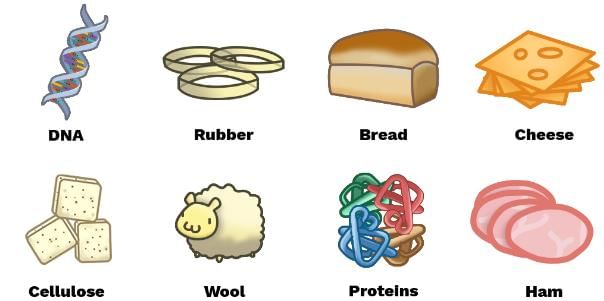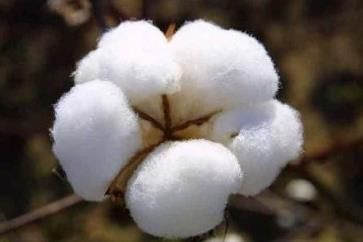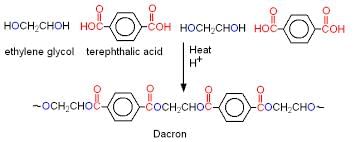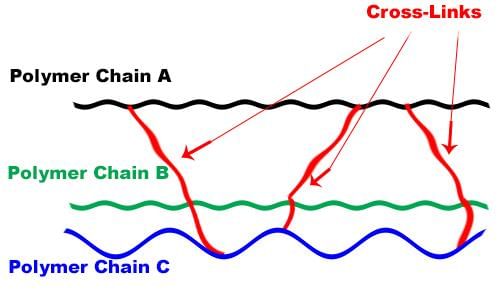JEE Exam > JEE Tests > Chemistry for JEE Main & Advanced > Test: Classification of Polymers (Old NCERT) - JEE MCQ
Test: Classification of Polymers (Old NCERT) - JEE MCQ
Test Description
10 Questions MCQ Test Chemistry for JEE Main & Advanced - Test: Classification of Polymers (Old NCERT)
Test: Classification of Polymers (Old NCERT) for JEE 2025 is part of Chemistry for JEE Main & Advanced preparation. The Test: Classification of Polymers (Old NCERT) questions and answers have been
prepared according to the JEE exam syllabus.The Test: Classification of Polymers (Old NCERT) MCQs are made for JEE 2025 Exam. Find important
definitions, questions, notes, meanings, examples, exercises, MCQs and online tests for Test: Classification of Polymers (Old NCERT) below.
Solutions of Test: Classification of Polymers (Old NCERT) questions in English are available as part of our Chemistry for JEE Main & Advanced for JEE & Test: Classification of Polymers (Old NCERT) solutions in
Hindi for Chemistry for JEE Main & Advanced course. Download more important topics, notes, lectures and mock
test series for JEE Exam by signing up for free. Attempt Test: Classification of Polymers (Old NCERT) | 10 questions in 15 minutes | Mock test for JEE preparation | Free important questions MCQ to study Chemistry for JEE Main & Advanced for JEE Exam | Download free PDF with solutions
Test: Classification of Polymers (Old NCERT) - Question 1
Which one of the following is not a condensation polymer?
Detailed Solution for Test: Classification of Polymers (Old NCERT) - Question 1
Test: Classification of Polymers (Old NCERT) - Question 2
The weakest inter-particle forces are present in:
Detailed Solution for Test: Classification of Polymers (Old NCERT) - Question 2
Test: Classification of Polymers (Old NCERT) - Question 3
Polymers that are found in nature are called:
Detailed Solution for Test: Classification of Polymers (Old NCERT) - Question 3
Test: Classification of Polymers (Old NCERT) - Question 4
Which polymerisation occurs among the molecules containing double bonds?
Detailed Solution for Test: Classification of Polymers (Old NCERT) - Question 4
Detailed Solution for Test: Classification of Polymers (Old NCERT) - Question 5
Test: Classification of Polymers (Old NCERT) - Question 6
A condensation polymer among the following is:
Detailed Solution for Test: Classification of Polymers (Old NCERT) - Question 6
Detailed Solution for Test: Classification of Polymers (Old NCERT) - Question 7
Detailed Solution for Test: Classification of Polymers (Old NCERT) - Question 8
Test: Classification of Polymers (Old NCERT) - Question 9
The polymers which are prepared in the laboratories are called:
Detailed Solution for Test: Classification of Polymers (Old NCERT) - Question 9
Test: Classification of Polymers (Old NCERT) - Question 10
Which of the following is true for the resultant polymer product formed, when molecules of pthalic acid react with molecules of glycerol?
Detailed Solution for Test: Classification of Polymers (Old NCERT) - Question 10
|
361 videos|822 docs|301 tests
|
Information about Test: Classification of Polymers (Old NCERT) Page
In this test you can find the Exam questions for Test: Classification of Polymers (Old NCERT) solved & explained in the simplest way possible.
Besides giving Questions and answers for Test: Classification of Polymers (Old NCERT), EduRev gives you an ample number of Online tests for practice





























